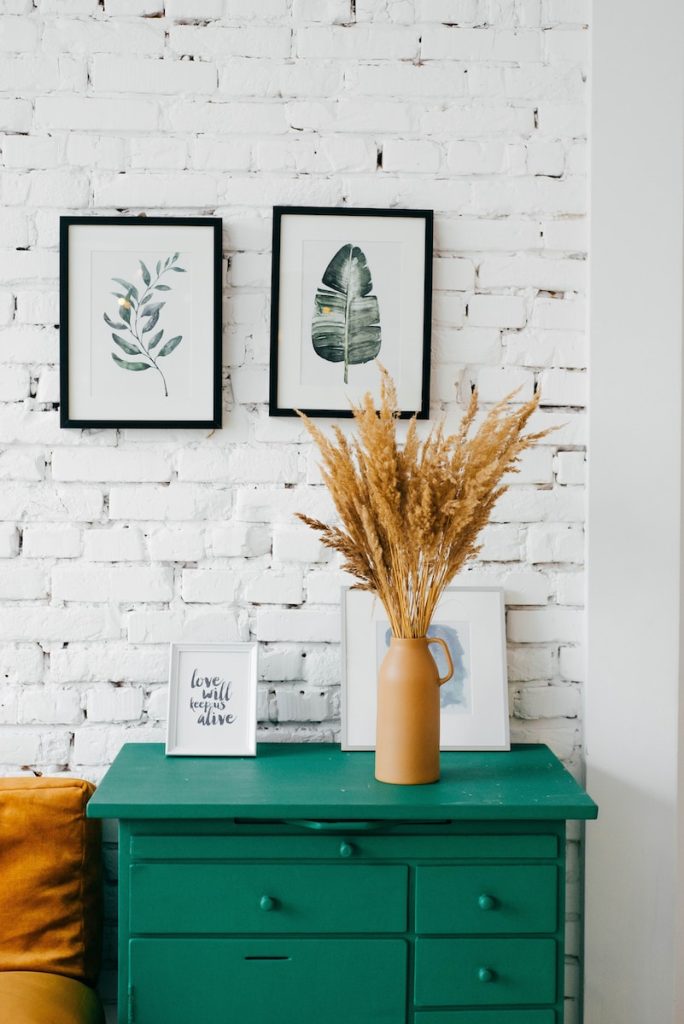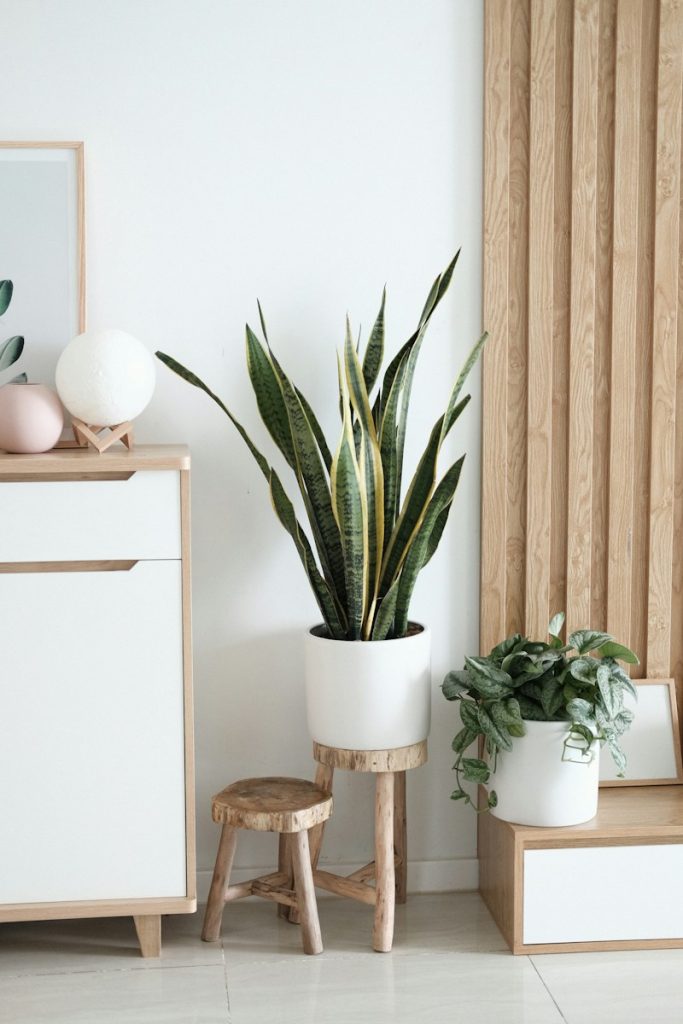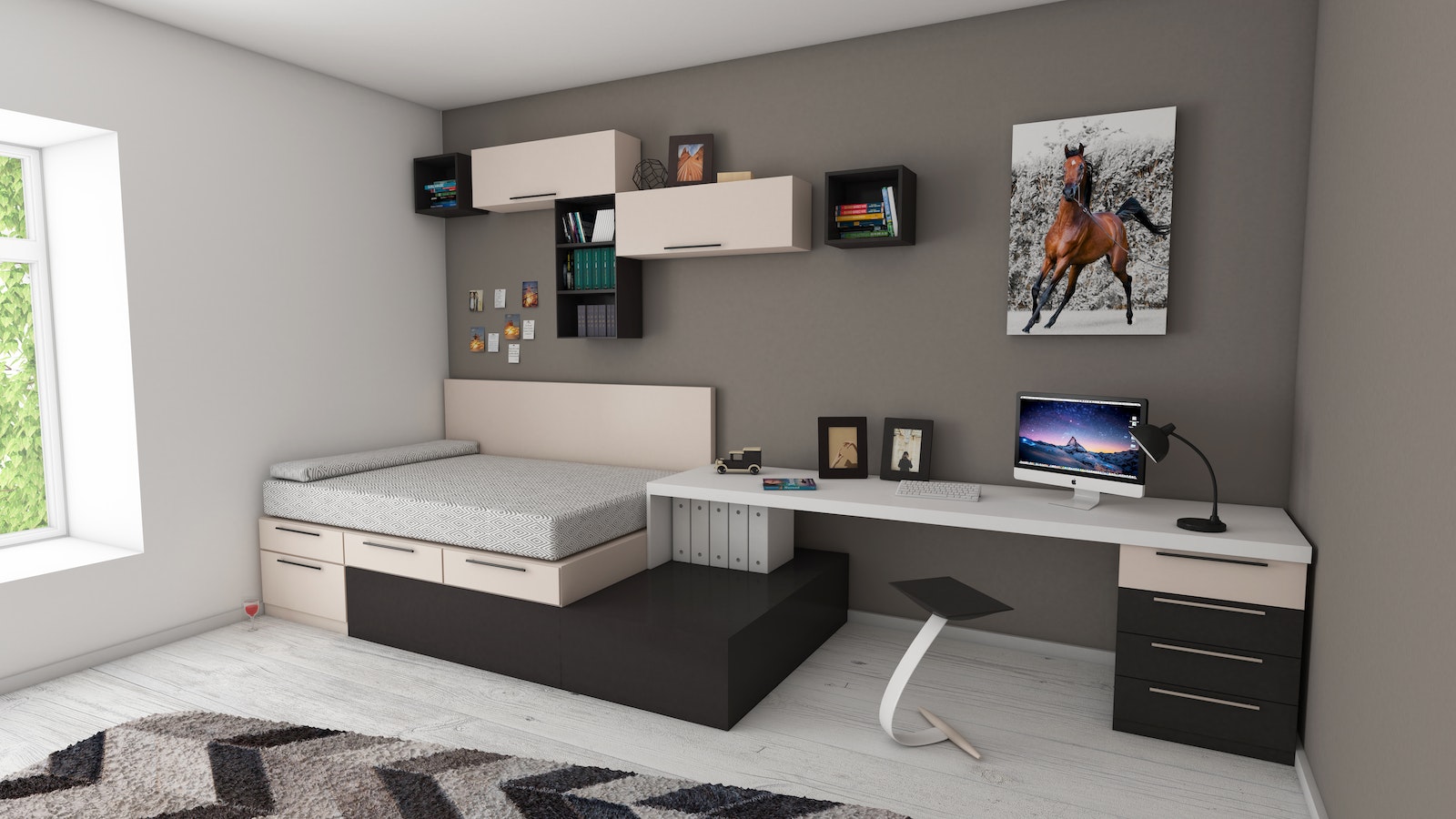In our everyday lives, we often come across the term ‘decor’. Whether we’re talking about sprucing up our homes, planning a party, or even organizing a wedding, the word ‘decor’ inevitably pops up. But have you ever paused to ponder why it’s called ‘decor’? This blog post dives deep into the origins, evolution, types and importance of decor, shedding light on this ubiquitous term.
Introduction
Understanding the Term ‘Decor’
‘Decor’ is derived from the French term ‘décor’, which signifies decoration, appearance or scenic backdrop. It essentially refers to the style and layout of a room or an object. The term encompasses everything from furniture and fixtures to curtains and carpets, from lights and lamps to paintings and photos. It’s an all-encompassing term that describes the look and feel of any space, whether indoors or outdoors.
Origin of the Term ‘Decor’
Historical Background of Decor
The concept of decor dates back to ancient times. As early as 2600 B.C., the ancient Egyptians were recognized for their elaborate decor in their temples and tombs. The Greeks and Romans also placed great emphasis on decor, with their love for intricate mosaics and frescoes. However, the term ‘decor’ did not become popular until the 18th century, during the French Rococo period, signifying a shift towards more ornamental and extravagant styles.
Etymology of Decor
The term ‘decor’ is derived from the Latin word ‘decorum’, which translates to ‘beauty, elegance, charm’. It was first used in English in the late 18th century, borrowed from the French ‘décor’. Interestingly, the term ‘décor’ in French was originally used in the context of theater, referring to the stage settings and backdrops. Over time, its usage expanded to include the arrangement and style of any space or object.
Evolution of Decor
Changes in Decor Over
Time
Decor has undergone significant transformations throughout history. Each era, from the grandeur of the Baroque period to the simplicity of Modernism, has left its unique imprint on decor. The Industrial Revolution, for instance, brought about a shift towards more functional and less ornamental styles. In contrast, the Art Nouveau movement at the turn of the 20th century emphasized organic shapes and intricate designs. Today, we see a blend of various styles, reflecting our diverse tastes and preferences.
Impact of Culture on Decor
Culture plays an integral role in shaping decor. Each culture, with its unique traditions and aesthetics, influences the way spaces are decorated. For instance, Japanese decor is known for its minimalism, promoting harmony and tranquility. Indian decor, on the other hand, is characterized by vibrant colors and intricate patterns, reflecting the country’s rich heritage. Thus, decor serves as a window into a culture, offering insights into its values and beliefs.

Types of Decor
Interior Decor
Interior decor refers to the decoration of indoor spaces. It involves selecting furniture, paint colors, lighting fixtures, and other elements that enhance the aesthetics and functionality of a room. The goal is to create a space that is not only visually appealing but also comfortable and functional. Interior decor can range from traditional styles like Victorian or Renaissance to contemporary styles like minimalist or industrial.
Exterior Decor
Exterior decor, on the other hand, pertains to the decoration of outdoor spaces. It involves landscaping, choosing outdoor furniture, lighting, and other elements that enhance the visual appeal of a building’s exterior or an outdoor area. Just like interior decor, exterior decor can take on various styles, from rustic to modern, depending on personal preferences and the architecture of the building.

Importance of Decor
Role of Decor in Aesthetics
Decor plays a significant role in shaping the aesthetic appeal of a space. A well-decorated space can evoke feelings of comfort, warmth, and tranquility. It can transform a bare room into a cozy haven, or a drab office into an inspiring workspace. Decor allows us to express our individuality, reflecting our tastes, interests, and personality.
Psychological Effects of Decor
Beyond aesthetics, decor has profound psychological impacts. The colors, textures, and layouts we choose can influence our mood and behavior. For instance, warm colors like red and orange can stimulate activity and energy, while cool colors like blue and green can evoke calmness and relaxation. Similarly, a cluttered space can induce stress, while a minimalist decor can promote focus and clarity. Thus, decor is not just about beauty, but also about creating a positive and healthy environment.
Conclusion
The term ‘decor’, with its roots in the Latin word ‘decorum’, aptly encapsulates the essence of decoration – beauty, elegance, and charm. From ancient Egyptian tombs to modern homes, the decor has always played an integral role in shaping spaces and influencing moods. It’s more than just aesthetics; it’s a reflection of our culture, personality, and values. Next time you think about decor, take a moment to appreciate the impact it has on our lives and the beauty it brings to our surroundings. Whether it’s the calming simplicity of Scandinavian decor or the vibrant richness of Indian decor, each style offers a unique glimpse into a culture and its traditions. So, whether you’re designing your own space or simply appreciating the decor around you, remember that it’s more than just decoration – it’s an expression of art, history, and the human spirit.
